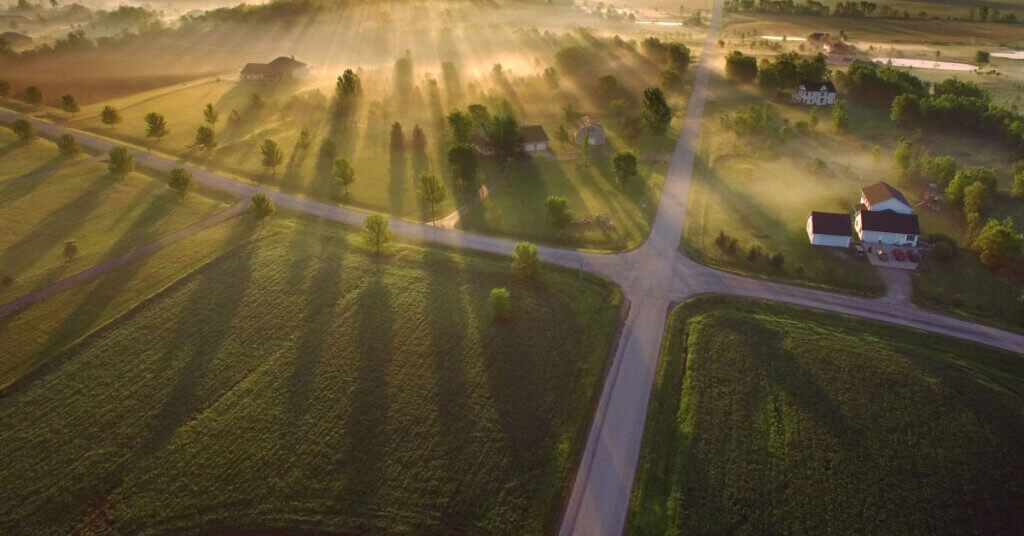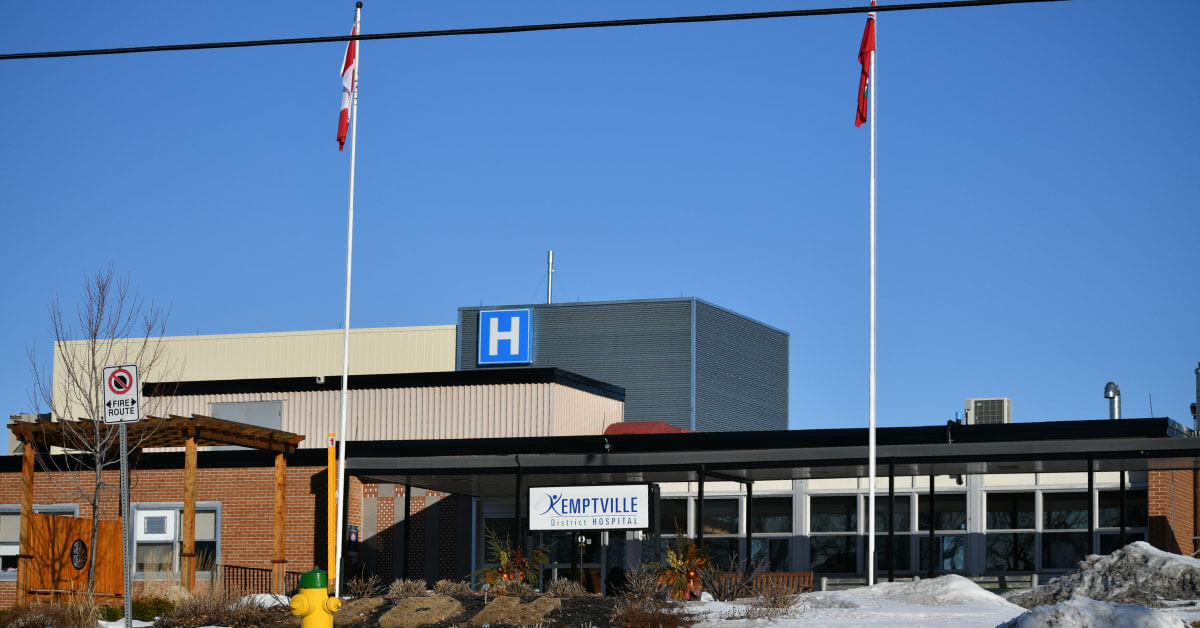Without sustainable and strong infrastructure, these rural communities – many of which are agriculture-based – cannot function or thrive. You can’t bring agricultural businesses to infrastructure; you must bring it to them.
Imagine having a heart attack and being told the nearest life-saving services are at a hospital more than two hours away.
This is an unnerving reality for many Americans. According to the CDC, living in a rural community puts you at a higher risk of death from the five leading causes as compared to Americans living in urban areas. With over 15% of Americans living in rural communities, this is a health crisis that cannot be ignored.
The infrastructure bill – recently-passed legislation that aims to update and modernize our nation’s infrastructure – bears clear potential to make a huge impact across the country’s rural communities.
But what does infrastructure have to do with healthcare? And how does a lack of healthcare services affect rural communities?
Simply put, infrastructure is the backbone of rural America. Without proper infrastructure – like schools, water, good roads and bridges, reliable power grids, public transportation, high-speed internet and fiber optics – it’s almost impossible for a community to build a market for good jobs. And without jobs, there won’t be a tax base to support the community’s needs, like healthcare.
In other words, there’s a synergistic relationship that needs to occur. Without sustainable and strong infrastructure, these rural communities – many of which are agriculture-based – cannot function or thrive. You can’t bring agricultural businesses to infrastructure; you must bring it to them.
Unfortunately, more and more healthcare services are being pulled from rural communities and consolidated. Physicians, EMTs, nurses and other healthcare professionals are leaving these areas, and may not return.
It’s worth noting that healthcare education is a major driver for an individual’s health and wellness. Nutritional advice, healthy lifestyle advice and information on how to generally take care of yourself come from your doctor. People who need to drive two hours to see their doctor for a physical, or their dentist for a check-up, are much more likely to put off those critical preventative visits.
In fact, earlier this year, the Biden administration issued an executive order aimed at regulating healthcare consolidation in the U.S. According to the order, 139 rural hospitals have closed since 2010 – including 19 in 2020 alone.
Critical access facilities and micro-hospitals, which have a smaller footprint but a full suite of offerings, could be a great step forward for rural areas, given there is proper infrastructure in place. Here’s a scenario: A rural community may have a great cardiologist, and cardiology unit, in their micro-hospital. Thirty miles away, there might be a great orthopedist. These facilities can work together – via telemedicine or doctor travel – to offer better, more affordable services to their communities. Of course, you need broadband access to use telemedicine effectively and good transportation to travel, so functioning infrastructure is a must.
But the biggest roadblock to infrastructure, including healthcare, in rural communities is access to capital. With an increase in work-from-home following the pandemic and the effects of urban migration to rural settings, smaller communities should soon have the tax base to afford better healthcare – but they still need the access to capital up front for construction and installation.
So suitable funding, such as through government-guaranteed loans, should be a no-brainer. The United States Department of Agriculture (USDA) has several different types of programs to get capital where it’s needed – from its non-profit side that handles municipalities and community-based hospitals to its for-profit side that offers conforming rates to healthcare professionals and others that want to build a micro-hospital. Helping people get access to these types of loans is crucial.
With the passage of the infrastructure bill, there’s a new opportunity to positively impact the quality of life for many Americans. Dependable, modern infrastructure can help bring more jobs to rural areas, boosting the local economy and tax base, and providing the necessary setting for critical services. Add in better access to funding, and rural communities will be able to build much-needed healthcare facilities, eliminating healthcare deserts.
Everybody has a right to affordable – and obtainable – healthcare, regardless of where they live. We know it can be done, now we just have to do it.
Jeremy Gilpin is the executive vice president of Greater Commercial Lending, a credit organization that brings together credit unions and community banks from around the U.S. to provide government-guaranteed loans to businesses and initiatives in rural and under-served markets.


